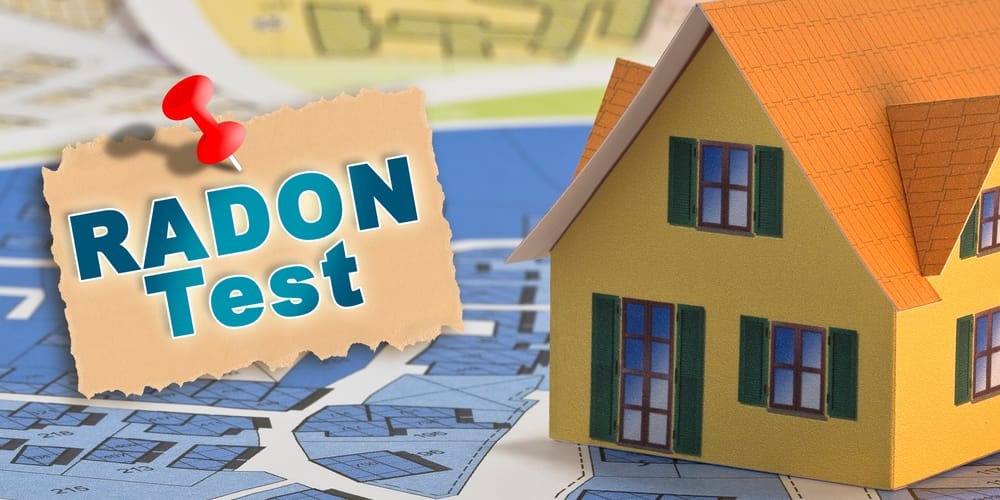While many homes will be relatively straightforward when it comes to a home inspection ahead of a purchase, there are a few specific components that may introduce a couple extra steps or nuances in the process. One great example is any home you’re considering buying that has a fireplace (or more than one fireplace) within it – this won’t totally change the inspection process, but it will introduce a couple additional variables to keep in mind.
At Aerolite Consulting, we’re happy to offer the very best selection of home inspections, environmental testing and related services for clients around Salt Lake City, Provo, Orem, St. George and nearby parts of Utah. We regularly provide services for homes with specific features like fireplaces or any others that may require particular inspection approaches, and we’ll do the same for you. In this two-part blog series, we’ll go over some basics on why professional inspections are important for any home you’re considering buying, but particularly those with fireplaces and similar features, plus some of the important nuances our professionals will look at when inspecting any home that contains one or more fireplaces.
Why Professional Home Inspections Are Vital
Anytime you’re purchasing a home, whether it has fireplaces or not, you’re making one of the largest investments of your life. For this reason alone, having an accurate and comprehensive understanding of the home’s condition is crucial – and this is where professional home inspections come in.
Professional inspectors will provide you with a detailed report on any deficiencies within the home, allowing you to make informed decisions about the potential purchase. In particular, they will look for any safety hazards or major issues that could lead to costly repairs down the line.
Initial Visual Inspection
Like many other elements within the home, fireplaces will undergo an initial visual inspection to ensure there are no immediate safety concerns or major hazards present. We’ll check for things like any visible cracks or damage to the fireplace and chimney structure, as well as signs of significant wear and tear that may require repair work.
During this initial visual inspection, we’ll also take note of the type and condition of the fireplace (e.g. wood-burning vs gas), as well as any smoke detectors or carbon monoxide alarms in place.
Possible Gas or Other Air Testing
Depending on the type of fireplace and fuel source, our inspectors may also conduct additional air testing to ensure proper ventilation and safety. This may include checking for carbon monoxide levels or other harmful gases that could be present due to improper installation or maintenance.
In part two of our series, we’ll go over some other important factors we consider during fireplace inspections. To learn more about any of our home inspection services or to schedule an appointment with one of our professionals, contact the team at Aerolite Consulting today.





